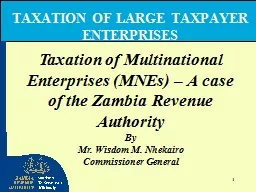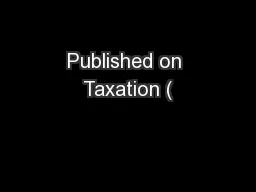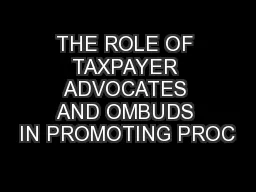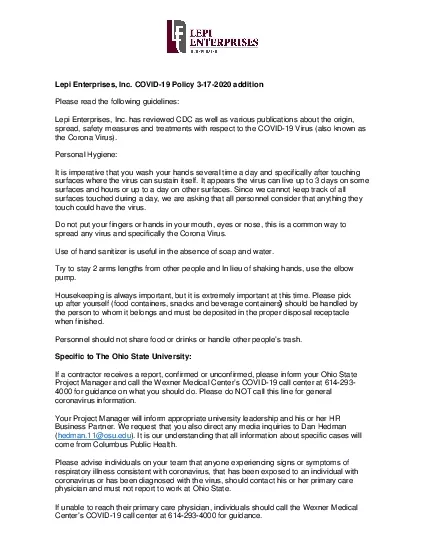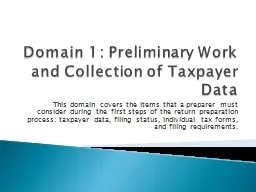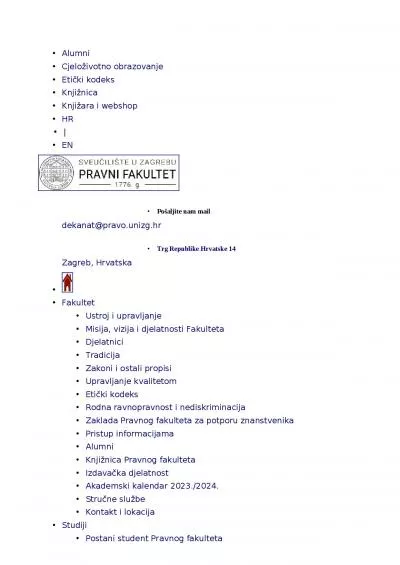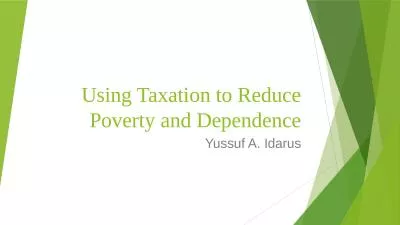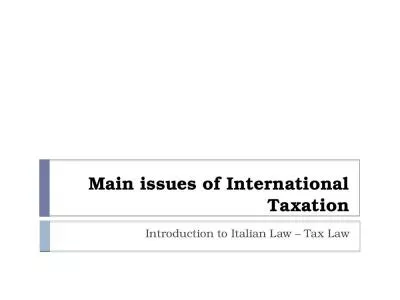PPT-1 TAXATION OF LARGE TAXPAYER ENTERPRISES
Author : lindy-dunigan | Published Date : 2016-07-26
Taxation of Multinational Enterprises MNEs A case of the Zambia Revenue Authority By Mr Wisdom M Nhekairo Commissioner General 2 OUTLINE Rationale for setting
Presentation Embed Code
Download Presentation
Download Presentation The PPT/PDF document "1 TAXATION OF LARGE TAXPAYER ENTERPRISES" is the property of its rightful owner. Permission is granted to download and print the materials on this website for personal, non-commercial use only, and to display it on your personal computer provided you do not modify the materials and that you retain all copyright notices contained in the materials. By downloading content from our website, you accept the terms of this agreement.
1 TAXATION OF LARGE TAXPAYER ENTERPRISES: Transcript
Download Rules Of Document
"1 TAXATION OF LARGE TAXPAYER ENTERPRISES"The content belongs to its owner. You may download and print it for personal use, without modification, and keep all copyright notices. By downloading, you agree to these terms.
Related Documents

